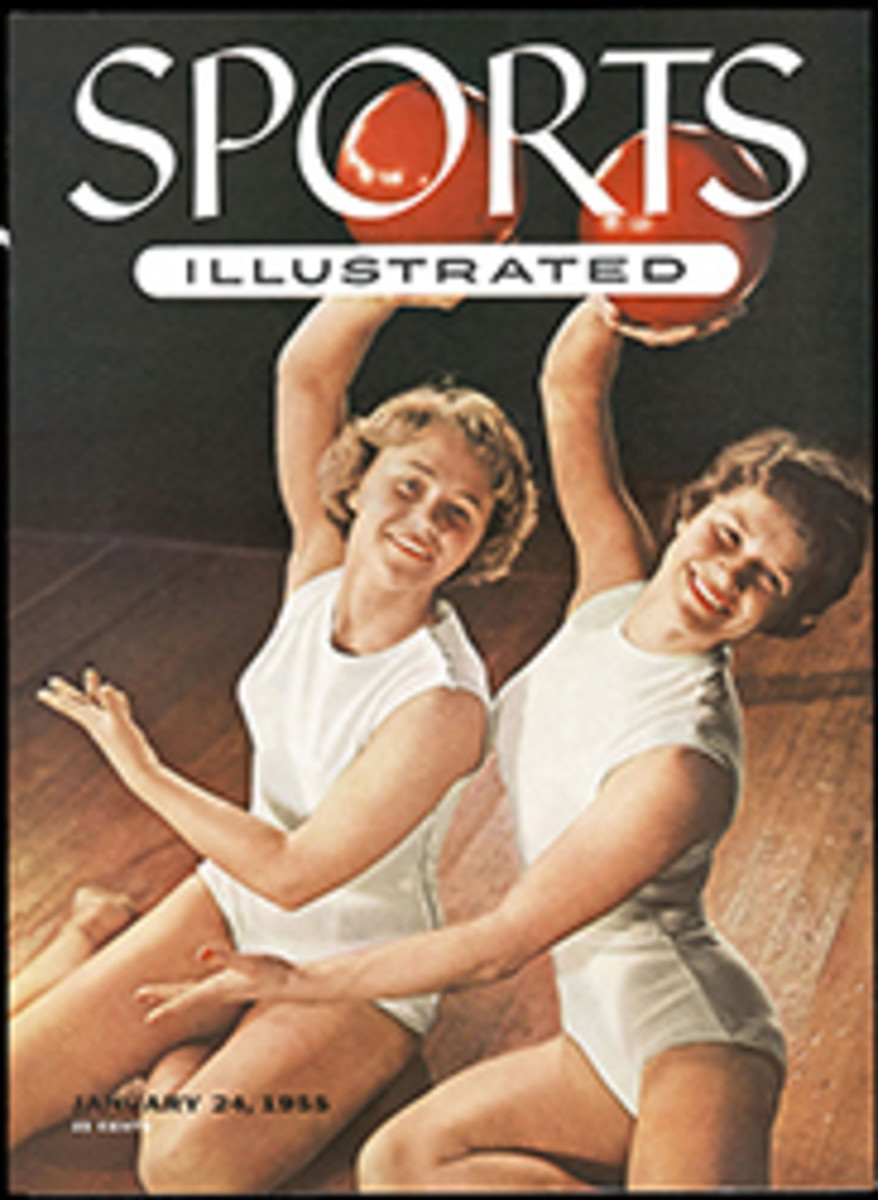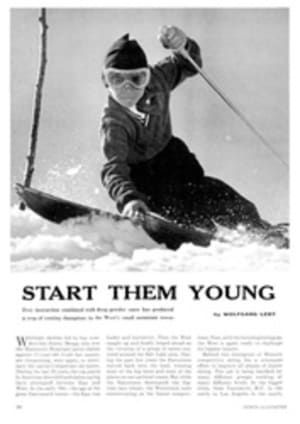
HUNTING AT HORSESHOE PLANTATION
In the lush country 14 miles north of Tallahassee, Fla. stands the vision conjured up by the words "an old Southern plantation": a gleaming, pillared mansion flanked by great trees and overlooking miles of rolling land. This is Horseshoe Plantation, still maintained in traditional comfort. But instead of cotton the land is planted in millet, peanuts, corn and chufa, for today at Horseshoe the bob-white quail is king. Other game prospers too—doves, turkeys, deer and waterfowl—but the plantation is lovingly dedicated to quail and quail shooting.
The kennels are a good example of the thoroughness of this undertaking. There are about 20 dogs (mostly pointers) on hand the year round in continual selection and training. Gilbert English, their handler, lives close by the kennels and has a full-time assistant. Together they breed and train the dogs and give them an exercising program which brings the animals to top physical condition just before the shooting begins in late November.
Most of the hunting is done through January with the aid of a unique vehicle called a Thomasville wagon, of which Horseshoe has two. Designed in the 1880s specifically for riding over logs and rough country, the wagons have wooden frames and iron wheels with rubber tires. Two seats in front accommodate a driver and pony boy; in back three hunters can set their guns in a rack and take their ease on a big padded seat. There are tarpaulin blinds for bad weather, a game box, a spigoted water cask and a removable crate for dogs. The plantation is so big that the gunners sometimes ride 15 or 20 miles a day, stopping to hunt at likely places.
Horseshoe, which is owned by Mrs. George F. Baker, is host to distinguished guests, some of whom are shown on these pages, and townspeople as well. But always the quail come first—the coveys must not be shot out, and they must be rested. In return, they offer matchless sport.
A DAY IN THE FIELD
A different area of the plantation is hunted each day to ease the pressure on the birds. To save their energy for the 18 or 19 coveys of quail they will fly, shooters and extra dogs ride between hunts. Hunting this way, there is time to enjoy the countryside and have a field lunch to talk over the shoot.
ON THE LAKE
The shooting at Horseshoe's man-made Cromartie Lake is like wildfowling anywhere except that there are permanent blinds in strategic locations—rectangular boats grounded in marsh shallows with tall dog fennel screening the boats. Under cover of a thick fog the hunters were taken out to these blinds in rowboats, and decoys were set out. Nothing could be seen in the fog, but the honking of Canada geese and the sudden rushing whisper of ducks circling had the hunters straining to see. Presently a wind sprang up, tearing at the fog, and the sound of shooting rolled over the lake.
Riding through the fields in a Thomasville wagon drawn by white mules, Robert R. Young (with cap) and Air Force Secretary Harold E. Talbott are guided to hunting area by Gilbert English, the plantation's dog handler, riding ahead. Dogs are carried in back.
Setting forth in the morning, three riders lead a wagon (carrying other shooters) in search of a likely place for the first covey. Handler English rides ahead, followed by Harold and Peggy Talbott. White mules are used so that dogs can spot the wagon from heavy cover.
Watchful shooters are, from left: Mrs. Talbott, Charles G. Cushing, Robert R. Young, Mrs. Baker and Harold Talbott. The ladies are shown in dove stands, waiting for birds to come over en route to feeding. The men are on quail hunts. Cushing holds extra shells for late-flying bobwhites from a big covey.
A cool drink is given to pointer by Shellie Mills, driver of the Thomasville wagon. A wooden partition in the back of the wagon divides the dogs that are apt to fight from the peaceful ones while they are transported between hunts.
A dog freezes on point and Charles Cushing walks in to flush the birds in the grass beyond. Horseshoe's coveys are big, averaging 16 quail, and as a conservation measure no more than four are shot from a covey. This and food plantings keep bird population high.
A peaceful luncheon under a huge live-oak tree is enjoyed by the shooters in a secluded part of the plantation. Next day the party hunted ducks and geese which, like the quail, are attracted to Horseshoe by foods planted especially for them.
Back to the dock come Charles Cushing with Leroy, assistant dog handler, and Shadow, Mrs. Baker's pet Labrador who happily performed all the difficult retrieving chores that morning.
Ducks and a goose are carried from the lake by Air Force Secretary Harold Talbott, who shot these birds with his wife.
Retrieving a goose which had hidden in weeds after being winged, Shadow swims strongly for shore and a rewarding pat.
PHOTO
TONI FRISSELL
HORSESHOE'S "GREAT HOUSE" COMMANDS 12,641 ACRES IN FLORIDA
THIRTEEN PHOTOS
TONI FRISSELL

